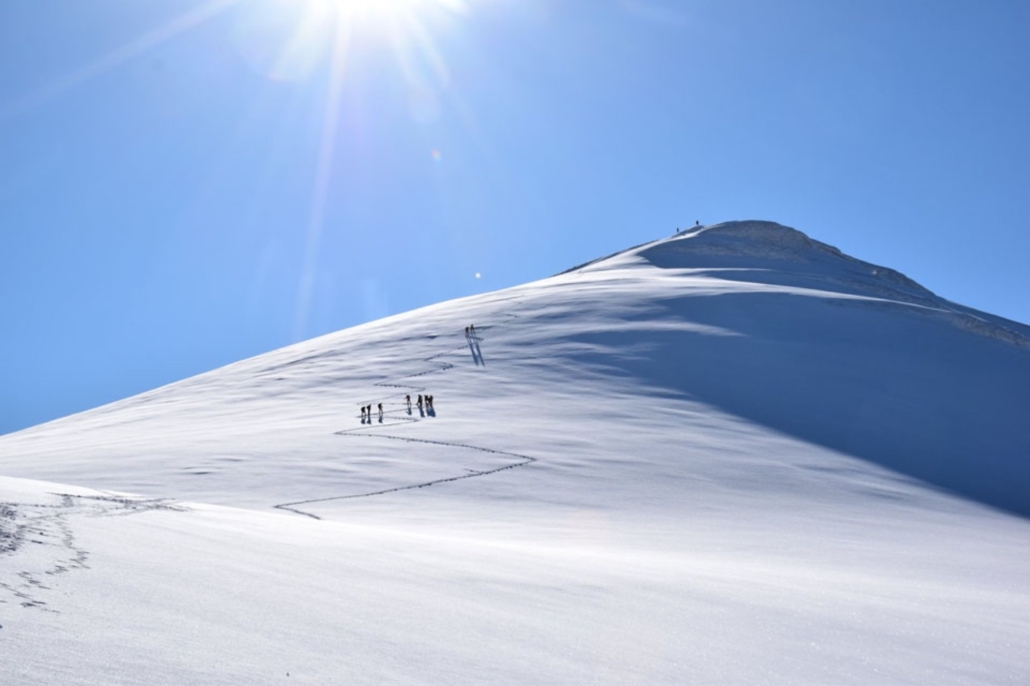Many people are fascinated by Mount Ararat, a mountain with a lot of history and mystery. It has seen different kinds of climbers over the years, some looking for ancient secrets and some just looking for a challenge.
They all wanted to reach the top of this amazing mountain and see what it has to offer. In this article, you’ll learn more about Ararat’s history and the stories of the people who climbed it.
Mystique and Legends
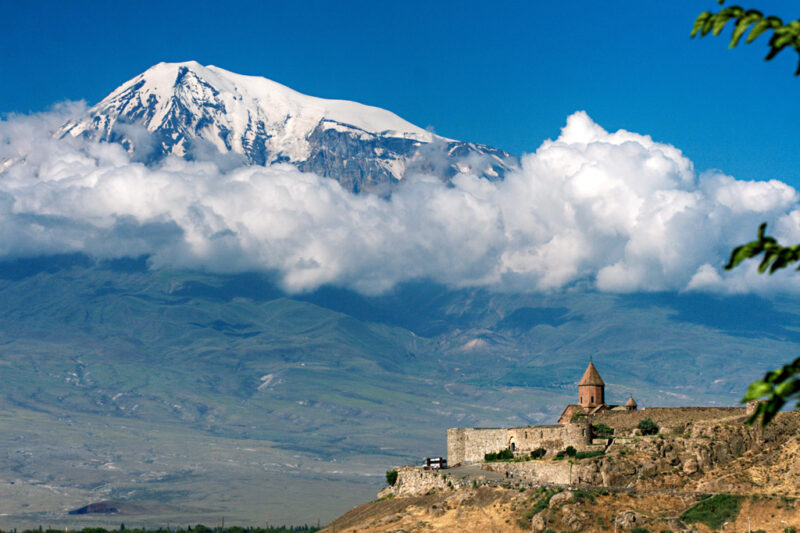
Mount Ararat’s allure extends beyond its physical presence, deeply rooted in myths and legends. This mountain, often linked with the biblical story of Noah’s Ark, holds a place in the hearts of many cultures.
Armenian legends, predating Christianity, talk of dragons and serpents emerging from the volcanic activity of Ararat. Historian Movses Khorenatsi traced the Armenians’ lineage to Noah, further entwining the mountain with their identity.
Such stories are not just confined to Armenia; various cultures have revered Ararat, attributing mystical qualities to it.
These ancient narratives, rich with symbolism, have made Mount Ararat a symbol of both mystery and spiritual significance, intertwining nature’s majesty with human folklore.
Amazing Landscapes
Towering over the surrounding landscape, Mount Ararat stands as Turkey’s largest and highest volcano. This geological giant, currently dormant, last erupted in 1840, marking a significant event in its volcanic history.
The mountain, with its majestic twin peaks of Greater and Lesser Ararat, showcases a shrinking icecap and several glaciers, indicating ongoing environmental changes. These geological features not only add to its scenic beauty but also present unique challenges for climbers and scientists alike.
Ararat’s volcanic nature has deeply influenced the region’s ecology and geography, making it an intriguing subject for geological studies. The mountain’s geological significance extends beyond Turkey, as it has shaped the landscape and climate of the surrounding regions.
Mount Ararat Through History
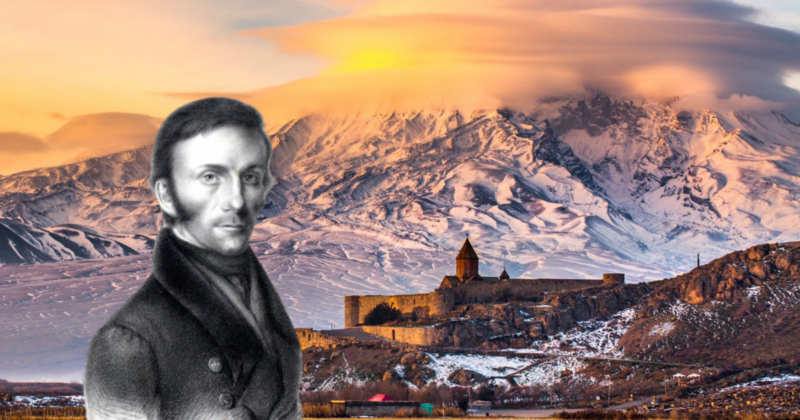
The history of Mount Ararat is as complex as the terrain it boasts. For centuries, it has been at the center of shifting political boundaries and conflicts. Its strategic location, near the intersection of Turkey, Iran, Armenia, and Azerbaijan, has made it a significant geopolitical landmark.
From being part of the Ottoman-Persian border to its incorporation into Turkey in the early 20th century, Ararat’s history reflects the turbulent political shifts in the region. This political backdrop has not only influenced regional relations but also access and climbing regulations on the mountain.
First Ascents and Pioneering Climbs
The climbing history of Mount Ararat is marked by courage and perseverance. The first recorded ascent in 1829 by Johann Jacob Friedrich Wilhelm von Parrot and his team set a precedent for future climbers.
This pioneering expedition opened the door for numerous subsequent ascents, each contributing to the mountain’s rich climbing history. These early climbs were not just physical feats but also symbolized human endeavor against nature’s formidable challenges.
The stories of these ascents, filled with trials and triumphs, continue to inspire climbers and adventurers worldwide. Mount Ararat’s climbing history is a testament to the enduring human spirit and the quest for exploration and discovery.
Climbing Challenges and Routes
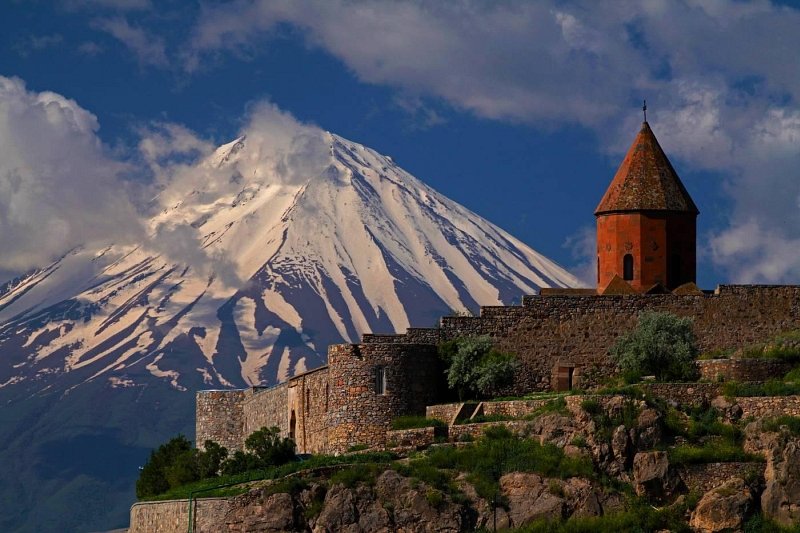
Climbing Mount Ararat presents a unique set of challenges, making it a sought-after destination for mountaineers. Despite its relatively accessible routes, the mountain’s high failure rate is a testament to its demanding nature.
The most notable route, the South Route, offers a mix of rocky terrains and snow-covered slopes, requiring both physical endurance and technical skill. Seasonal weather conditions further add to the climbing difficulty, with the potential for sudden changes posing additional risks.
The variety of routes, each with its distinct characteristics, offers climbers different experiences, catering to various skill levels. These routes not only test the climbers’ abilities but also provide them with unforgettable experiences amidst the mountain’s natural beauty.
Modern Climbing Regulations and Access
Access to Mount Ararat today is governed by strict regulations to ensure safety and environmental protection. Climbers must obtain government-issued permits and are required to be accompanied by certified Turkish guides.
These regulations reflect the mountain’s sensitive geopolitical location and the need to balance climbing activities with environmental conservation.
The process of securing permits and organizing climbs, though rigorous, ensures that the mountain remains a safe and sustainable destination for mountaineers.
Therefore, the whole adventure can be compared to those when climbing Mt. Everest In Nepal. If you are interested in this expedition as well, check out SummitClimb.
Cultural and Religious Significance
Mount Ararat’s cultural and religious significance spans several millennia and transcends geographical boundaries. Revered by Armenians as a national symbol, it features prominently in their cultural and religious expressions.
The mountain is equally significant in other cultural and religious traditions, serving as a symbol of divine intervention and spiritual renewal. Its depiction in various forms of art and literature further underscores its importance in the collective consciousness of different cultures.
For many, Ararat is not just a mountain; it is a sacred space that embodies their historical, spiritual, and cultural identity.
Mount Ararat in Literature and Arts
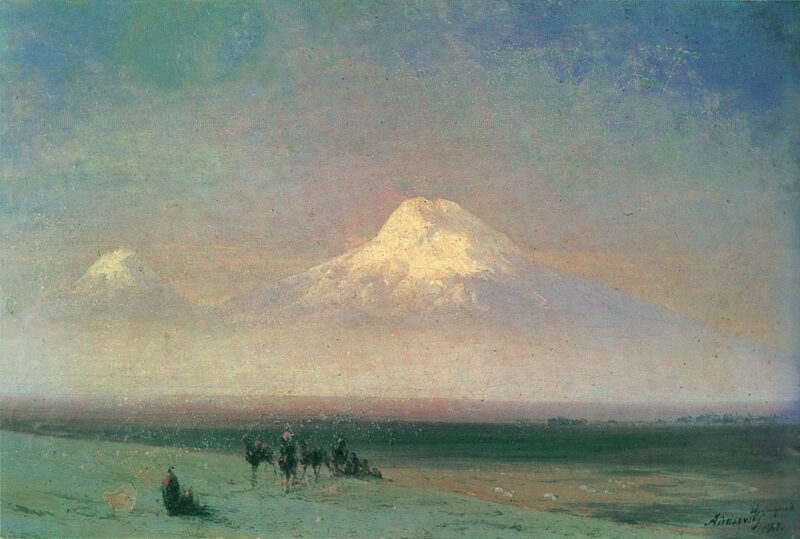
In literature, it features prominently in Yeghishe Charents’ poem “The Legend of Armenian Mountain,” where he personifies the mountain as a symbol of the Armenian spirit.
Similarly, in Franz Werfel’s novel “The Forty Days of Musa Dagh,” Ararat stands as a beacon of hope and resilience for Armenians during the Ottoman Empire.
When it comes to painting, Ivan Aivazovsky masterpieces often depict Ararat’s majestic form, reflecting its significance in Armenian culture and history.
The mountain has also inspired countless folk tales and songs, where it is often portrayed as a symbol of national identity and a guardian of the Armenian people.
Additionally, in modern media, Ararat has been the subject of several documentaries and films, further cementing its role as a cultural and historical icon.
Final Thoughts
Mount Ararat stands as much more than a geographical landmark. It’s a symbol steeped in history, culture, and spirituality, deeply embedded in the hearts of many.
Its towering presence has transcended mere physical boundaries, touching the realms of mythology, politics, and art.
Each climber’s ascent mirrors a journey through time, uncovering layers of human endeavor and nature’s unfathomable beauty.

